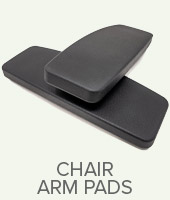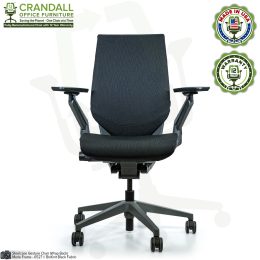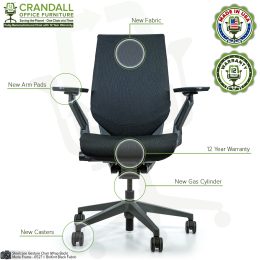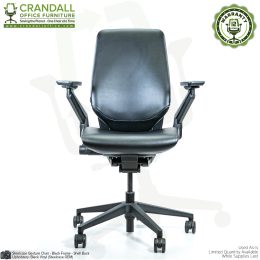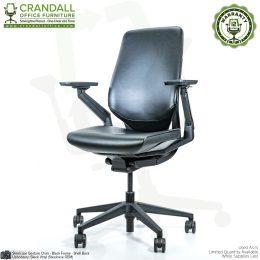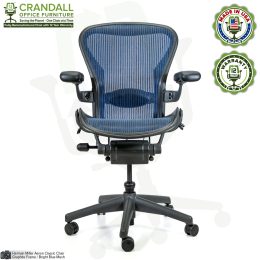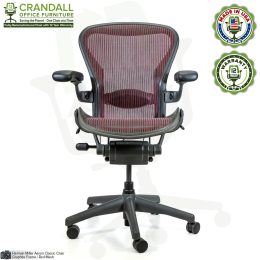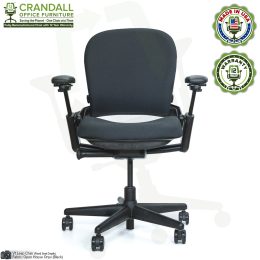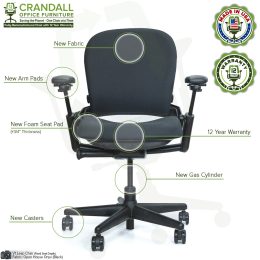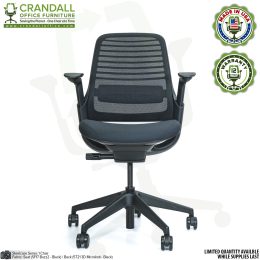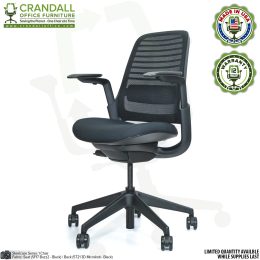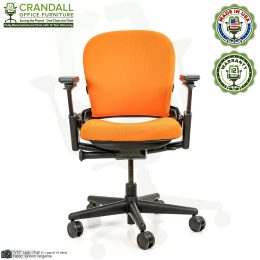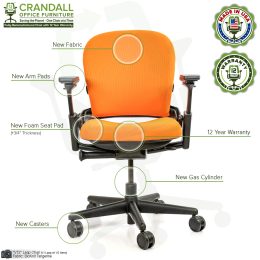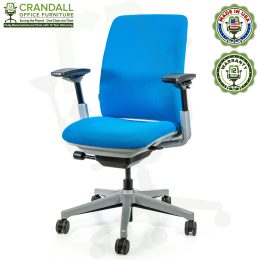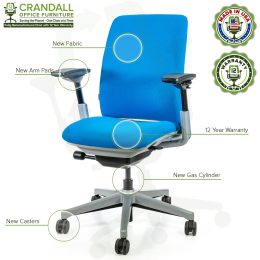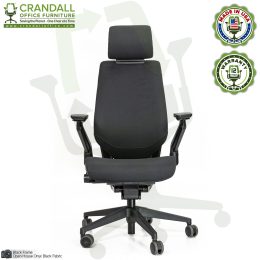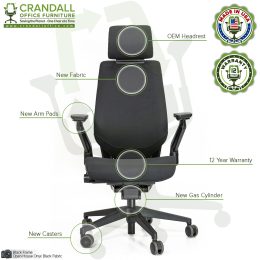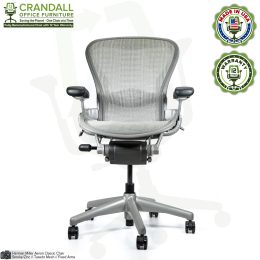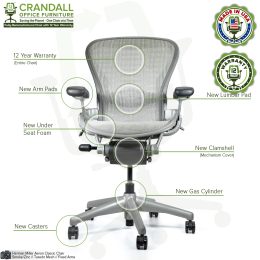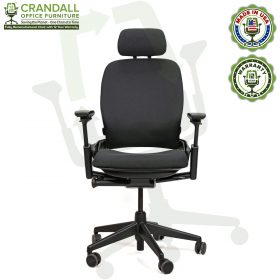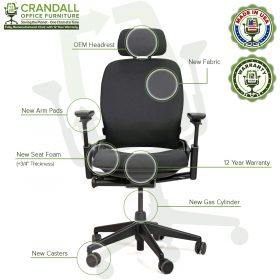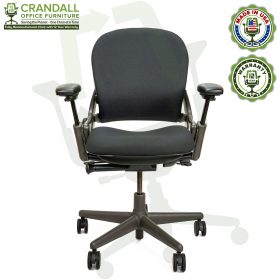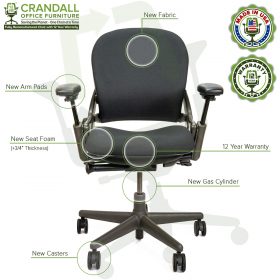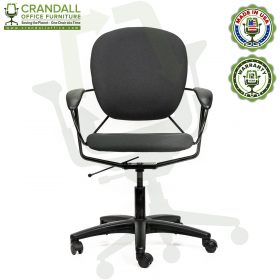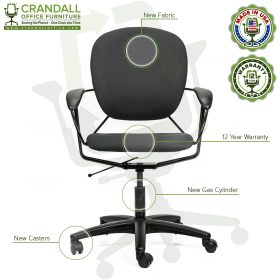Regardless of the circumstances, if you’re used to physically going into an office each day, the transition to working from home can be a big one. Below are a few tips that may help you in that transition.
1. Try to recreate your normal workspace as much as possible.
2. Don’t forget about your surroundings.
3. Maintain your routines.
4. Get moving!
5. Don’t forget about ergonomics or furniture.
1. Try to recreate your normal workspace as much as possible.
You want to try to recreate the office environment you are used to as much as possible with a designated physical workspace at home. Use a separate room if available. This will help you limit distractions and help you focus (especially if you have other people or kids at home).
If you live in a small apartment your workspace doesn’t have to be its own room it could be a corner of your living area just try to make it feel as separate from the rest of your home as possible.
Entering your workspace will help you turn “on” at the beginning of the day and get down to work. On the flip side, leaving your workspace will also help you turn “off” at the end of the day and fully disengage.
2. Don’t forget about your surroundings.
You should create a space you feel comfortable being productive in. This can include pictures, artwork, music, or whatever else helps you get things done. Working in a cluttered space can cause anxiety that may get in the way of being productive. Here are some additional expert tips on how to start organizing your home today.
Find an area with good natural lighting. Even if you don’t usually spend a lot of time outdoors, losing out on the time you spend outdoors during your commute can start to weigh on you quickly, and it will only happen faster if you don’t have natural light coming in.
Pro Tip: Before you schedule a video conference call, make sure you turn on your camera and inspect your surroundings. Make sure anything behind you is cleaned, organized, or put away. In an office environment, this isn’t typically an issue, but at home it sure can be!
3. Maintain your routines
Just because you aren’t driving into the office doesn’t mean you shouldn’t continue with your typical morning routines. Take a shower, exercise, eat breakfast, and get dressed as if you were going to work on a normal day.
Your morning commute not only gets you to work—from one physical location to another—but it also gives your brain time to prepare for work. Just because you’re not traveling doesn’t mean you shouldn’t carve out equivalent routines to help you ease into your workday.
At the other end of the day, the evening commute does the reverse. Commuters can take for granted the time they have in the car to wind down at the end of a workday.
A good example of this is to take your dog for a long walk as soon as you’re done working for the day. Something physical and fun, like this. can help you decompress, and re-center at the end of a long day. Other good options would be a bike ride, walk with the family, or yoga, which leads us to our next point…
4. Get Moving!
Don’t forget the importance of getting up and moving. In an office environment, people are very social. This involves getting up and walking to talk to people, taking breaks, and socializing. It’s not uncommon for people to forget about taking these necessary movement breaks when they are working alone in a room.
These small breaks and movement can be a huge help with productivity, breaking up the day, and good for your body! Make it a priority to stand up every hour or so to take a little walk or to stretch. Not only will this help your productivity, but it’s also just is a good habit to get into!
Good exercise break ideas:
- Small walk (even just around the house)
- Stretching
- Yoga poses
- Bodyweight squats
Good quick exercise break ideas:
- Small walk (even just around the house)
- Stretching
- Yoga poses
- Bodyweight squats
5. Don’t forget about ergonomics or office furniture.
Whether you’re working at an office or from your home, proper furniture is necessary to make sure you are comfortable and working in an ergonomic position.
Standard desk height and your kitchen table are probably at two different heights. A standard office desk typically sits about ~30” to the top of the work surface and will have room to comfortably sit with your legs under the table.
Even if you don’t have a sit-to-stand or standing height desk at work, it may be a good time to look into that as an option. Standing workstations are great for circulation, productivity, and more. Regardless of what you choose, you should have a dedicated working desk at a height that suits you.
Last, but certainly not least, you should absolutely consider an ergonomic office chair that is adjustable and comfortable. If you are going to be working for a full 8 hour work day, your kitchen chair is just not going to cut it.
Your chair is the one piece of furniture you interact with more than any other and it will affect how comfortable and productive you are throughout the day. Do not go cheap on your chair! Take the time to find a good comfortable chair to work in.
A proper ergonomic desk chair will have a large number of ergonomic adjustments that you can customize to fit and support you properly. Some of these include casters for movement, seat height, seat tilt, seat depth (slider), adjustable arms, and lumbar adjustment.
The larger brands, such as Steelcase and Herman Miller offer a significantly better product vs. the imported chairs you may be comparing them to at a lower price point. Comfort, ergonomics, and build quality are all on a different level when comparing these high-end chairs to lower priced imported chairs. These chairs may cost a lot, but they are worth every penny – your back will thank you later!
If you are looking to save a few dollars on these higher end chairs, used, refurbished, or remanufactured are worth a look. It’s certainly worth noting that there’s a lot of terms (used, refurbished, “open box”, remanufactured) and different resellers out there, some more trustworthy than others – do your research on the product you’ll be getting and who you’re doing business with – it can save you a big headache.
At Crandall Office Furniture, we completely remanufacture every chair that goes through our facility and warranty them with a 12 year full-chair warranty (we warranty the entire chair, not just the parts we replace). All of this work is done in our Greenville, Michigan facility by USA employees. We believe in our product, and we stand by it, no matter what.
You can learn more about our remanufactured chairs and our remanufacturing process here:
https://www.crandalloffice.com/remanufactured-chairs/
A Few Chairs to Consider:
Conclusion:
Working at home can be productive, fulfilling and cost effective for both you and your company. Take the time to create a space with the right furniture and habits to help you transition from work to home.
Worth Mentioning: Most businesses know the value of good quality ergonomic furniture and may be willing to help provide reimbursement for your home office expenses. Ask your boss if this is something they may consider doing.
If you have any questions, feel free to reach out to us on the chat function of our site (bottom right corner or the page), or on our contact page.


